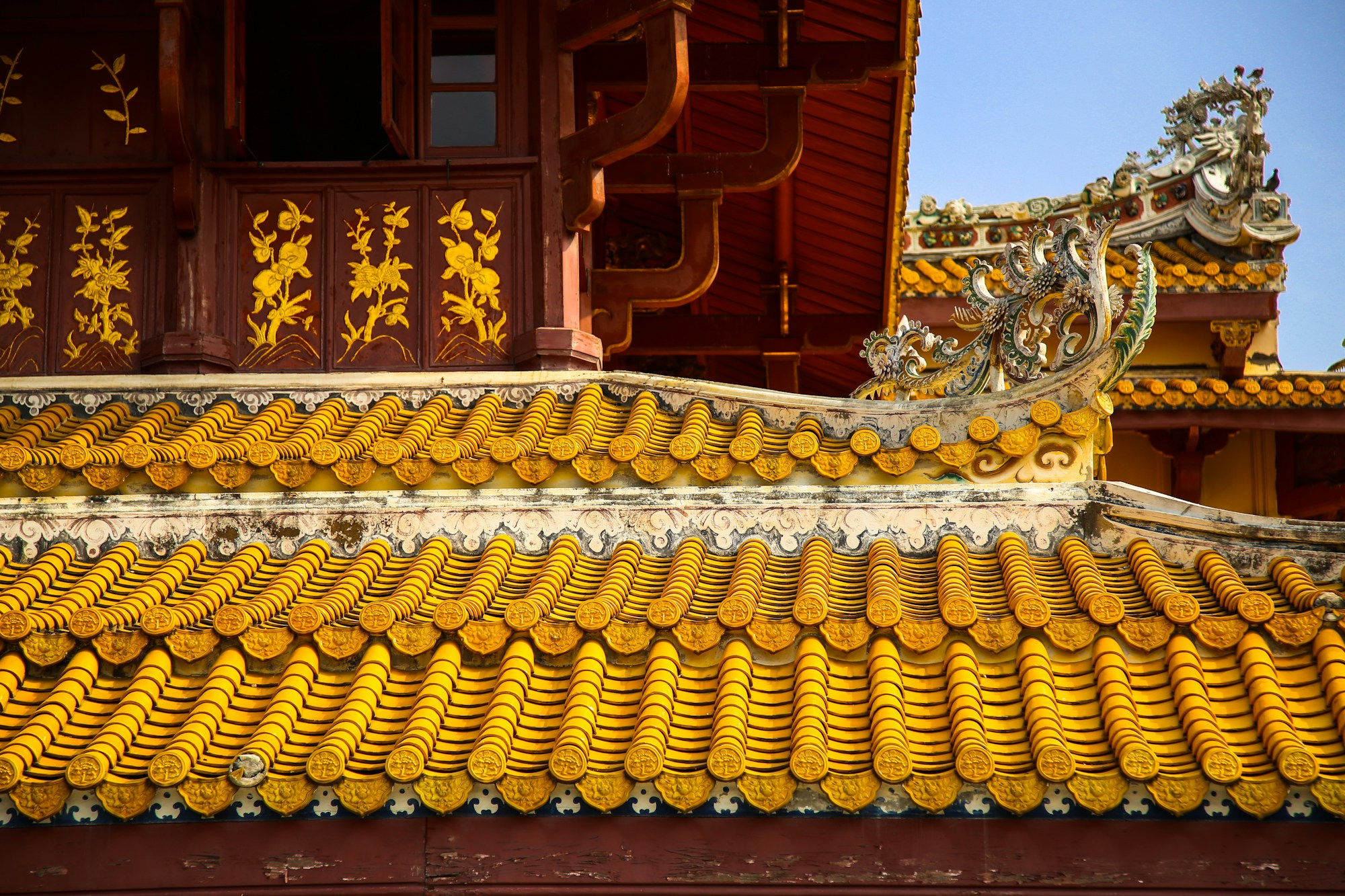What to see at Sukuh Temple: A Traveler's Guide
Discover Sukuh Temple's unique architecture, ancient reliefs, and mystical atmosphere nestled in Central Java.

Sukuh Temple Traveler's Guide
Sukuh Temple, also known as Candi Sukuh, is a fascinating ancient temple located in central Java, Indonesia. This unique temple is shrouded in mystery and offers visitors a glimpse into Indonesia's rich history and culture.
History
The origins of Sukuh Temple are still debated among historians and archaeologists. Some believe it was built in the 15th century during the decline of the Majapahit Kingdom, while others suggest it may have served as a fertility temple due to its intricate carvings and phallic symbols.
Architectural Features
Sukuh Temple is distinct from other Javanese temples due to its terraced pyramid structure resembling a Mayan pyramid. The temple is adorned with intricate carvings of Hindu and Javanese deities, as well as phallic representations. The main pyramid structure is surrounded by lush greenery, creating a serene atmosphere.
Exploring Sukuh Temple
Visitors to Sukuh Temple can explore the various terraces and courtyards of the temple complex. Be sure to climb to the top of the main pyramid for a panoramic view of the surrounding landscape. Don't forget to admire the intricate stone carvings that adorn the walls of the temple.
Visiting Tips
- Wear comfortable shoes as there are steep steps and uneven terrain at the temple complex.
- Bring water and sunscreen, as there is limited shade at the site.
- Respect the sacred nature of the temple by dressing modestly and behaving respectfully.
Getting There
Sukuh Temple is located in the Karanganyar Regency of Central Java, Indonesia. Visitors can reach the temple by car or motorbike from nearby cities such as Solo or Yogyakarta. The scenic drive through the Indonesian countryside adds to the charm of the journey.
Accommodation
While there are no accommodations directly at Sukuh Temple, visitors can find a range of hotels and guesthouses in nearby towns such as Karanganyar or Solo. These accommodations offer a comfortable place to rest after a day of exploring the temple.
Local Cuisine
After visiting Sukuh Temple, be sure to sample some of the delicious local cuisine in Karanganyar or Solo. From traditional Javanese dishes to street food specialties, there is something to satisfy every palate.
